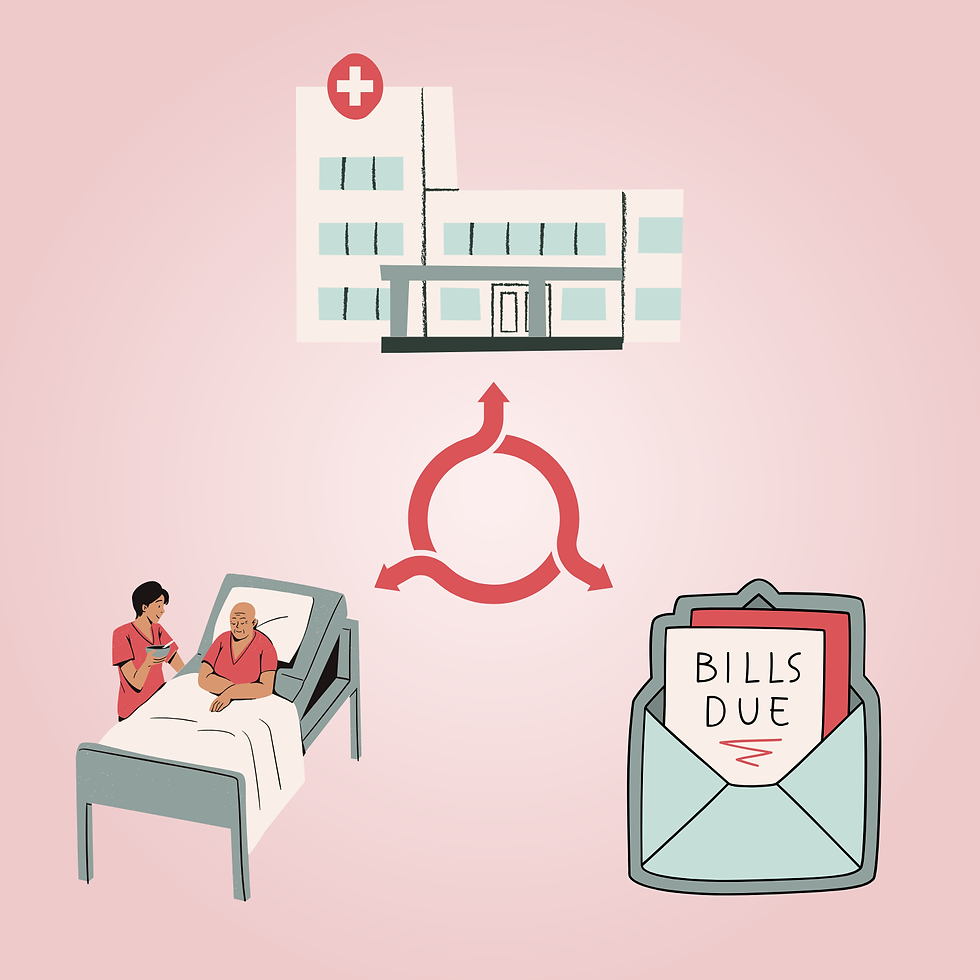Cesarean Delivery Rates in the United States
- Annie Vila
- Apr 1, 2023
- 2 min read
About a third of all infants delivered in the U.S. are delivered via a cesarean section, as opposed to a vaginal birth. This is much lower than the “necessary” rate of c-sections, as the World Health Organization reports this value to be closer to 10-15%.1 This is troubling, as a vaginal birth is considered the safer option for a healthy pregnancy. So why are there so many c-sections being performed if they are not necessary and not the safer option?

There are ongoing debates as to why the rate of cesarean deliveries continues to rise, but the most probable answer includes a combination of several factors. Increased maternal age and increased numbers of multiple births both play a role in this.2 Unfortunately, there are much more cynical reasons that could be behind this. Doctors are paid substantially higher for c-sections than they are for natural births. Additionally, c-sections typically take a lot less time than a vaginal birth. One concerned mother who was forced to have a cesarean delivery after her doctors denied her the chance to discuss other birth options, stated that she gave birth right around the holidays and she could tell everyone was itching to go home.3 Did her doctors perform an unnecessary, and possibly more harmful procedure, with a longer recovery time in order to ensure they made it home earlier for the holidays? This is a truly unsettling and disturbing thought, but it may just be reality.
It is also critical to note that the aforementioned mother who was coerced into a cesarean delivery is a black woman. During 2019-2021, the number of cesarean deliveries that were performed on infants in the U.S. was reported, along with the races of these infants, and there was a clear disparity. 36.2% of the cesarean deliveries were black infants, 31.4% of the cesarean deliveries were hispanic infants, and 30.8% of the cesarean deliveries were white infants.4 This disparity cannot be taken nightly. Not when giving birth is one of the hardest and most prominent experiences a woman will have in their lifetime. At the very least, every woman deserves to be heard and respected, especially by those who took an oath to help and not harm.
Edited by: Nana Osaki
Graphic Designed by: Shanzeh Sheikh
References
Emily Oster, W. S. M. C. (2019, October 17). Why the C-section rate is so high. The Atlantic. Retrieved March 24, 2023, from https://www.theatlantic.com/ideas/archive/2019/10/c-section-rate-high/600172/
Highest C-section rates by country. BellyBelly. (2022, August 3). Retrieved March 24, 2023, from https://www.bellybelly.com.au/birth/highest-c-section-rates-by-country/
WebMD. (2022, June 16). More black mothers deliver by cesarean, not always by choice. WebMD. Retrieved March 24, 2023, from https://www.webmd.com/baby/news/20220616/more-black-mothers-deliver-by-cesarean-not-always-by-choice
MarchofDimes. (n.d.). Total cesarean deliveries by maternal race/ethnicity: United States, 2019-2021 average. March of Dimes | PeriStats. Retrieved March 24, 2023, from https://www.marchofdimes.org/peristats/data?reg=99&top=8&stop=356&lev=1&slev=1&obj=1



Comments